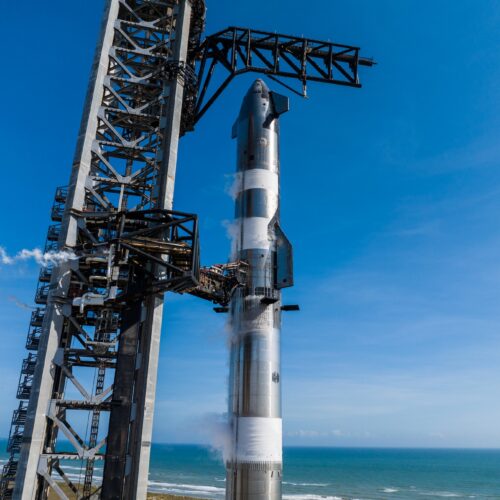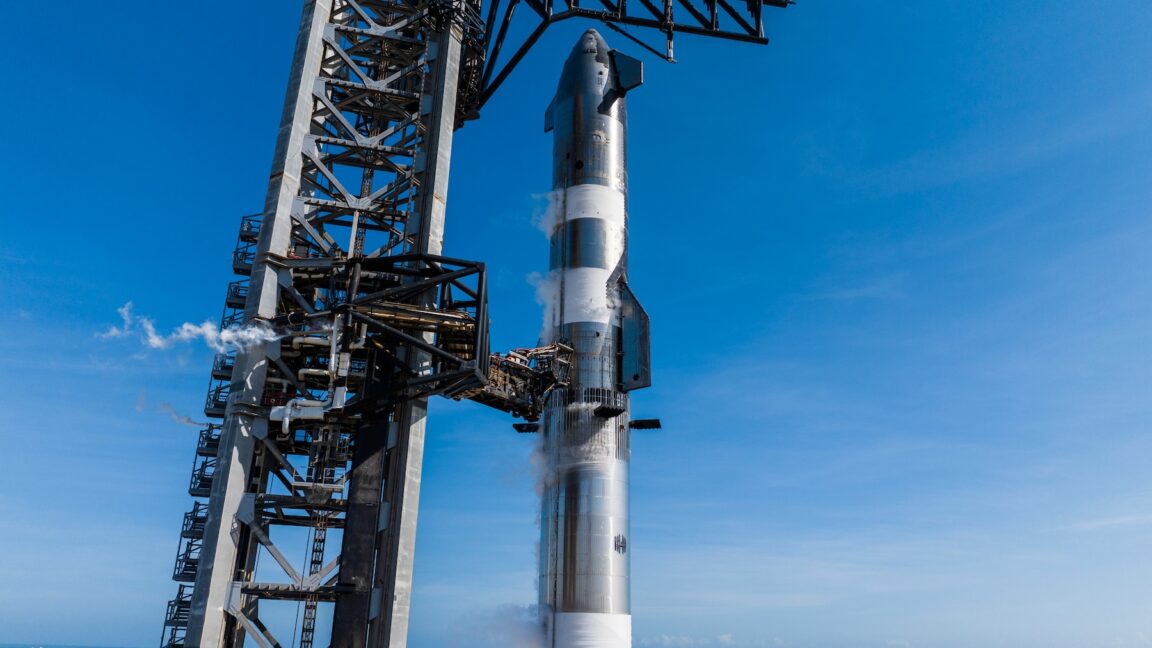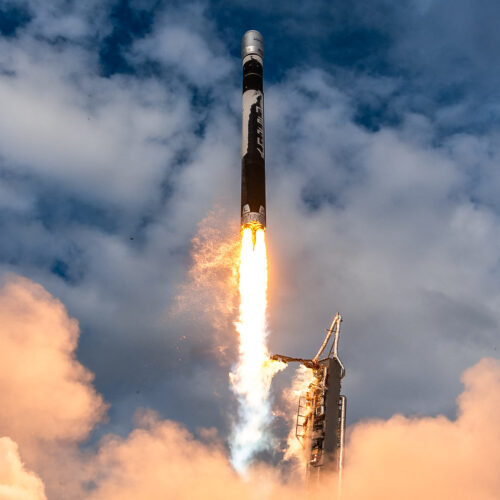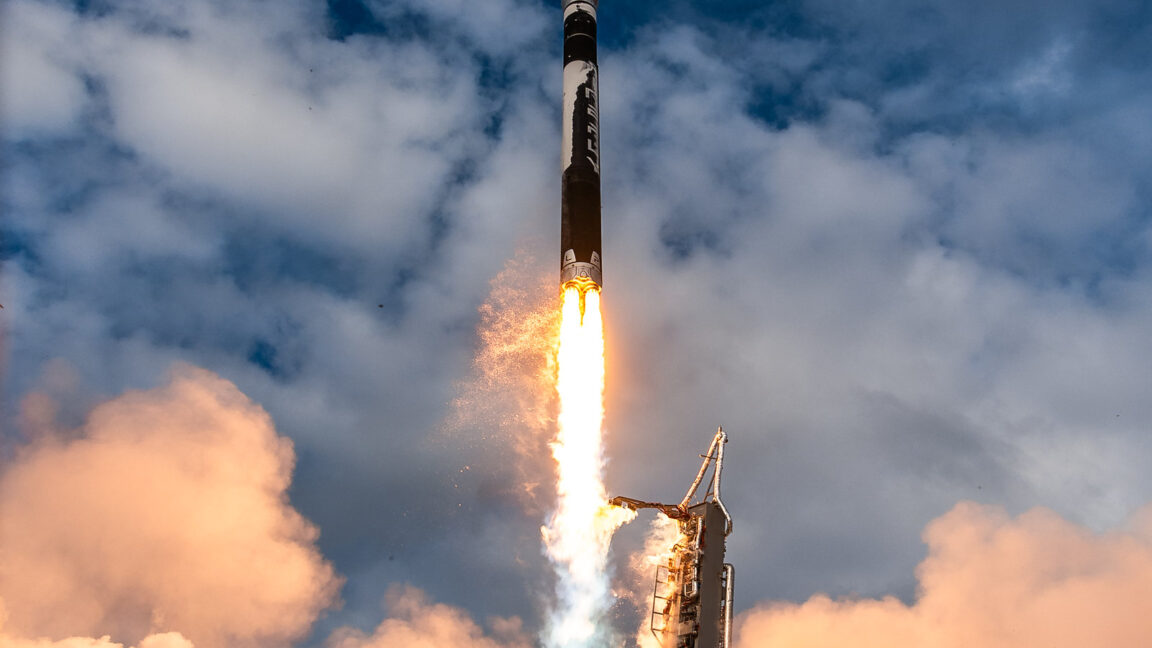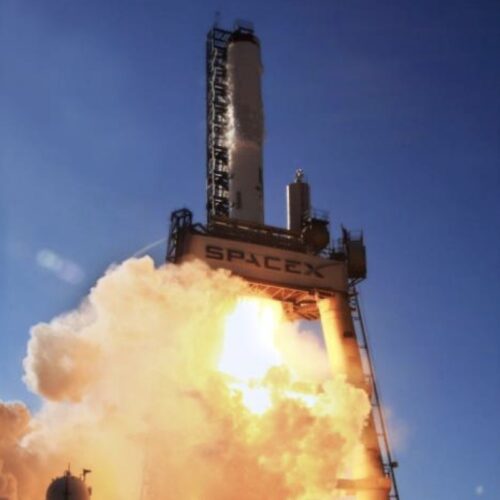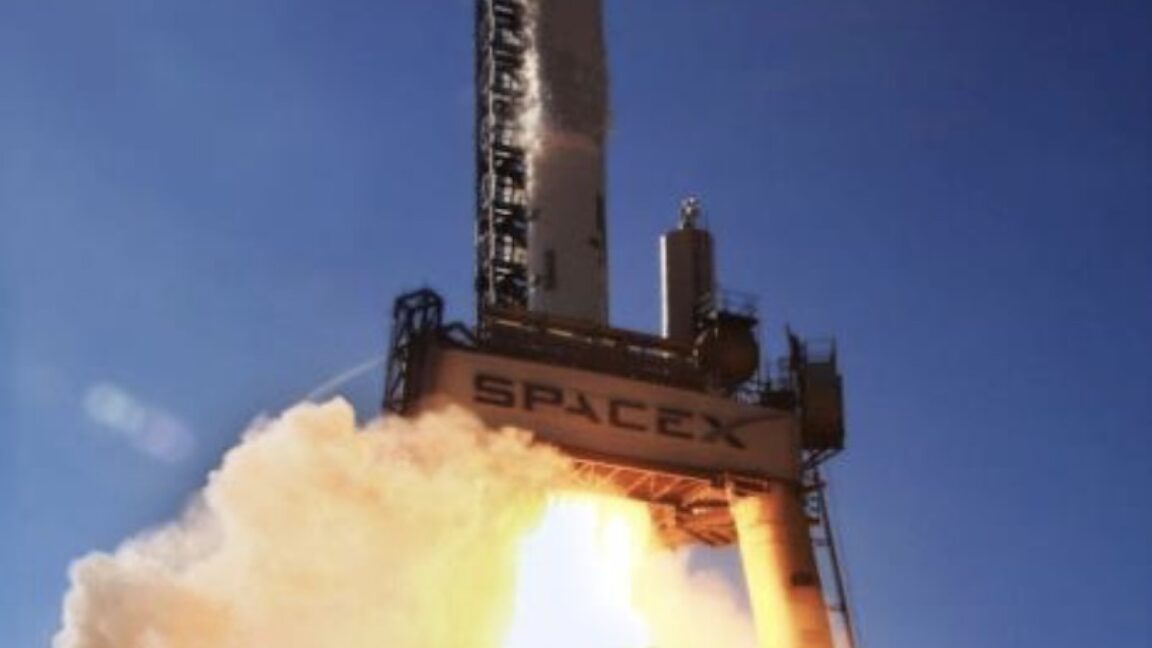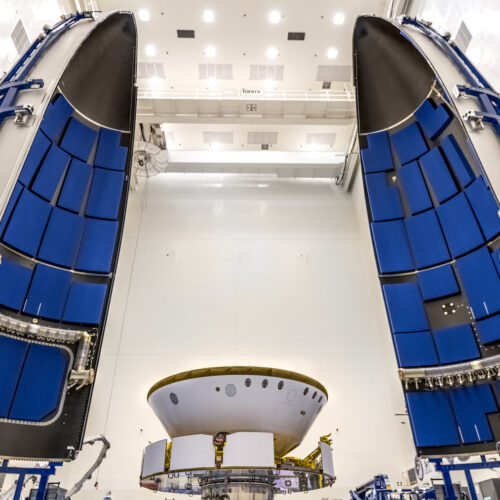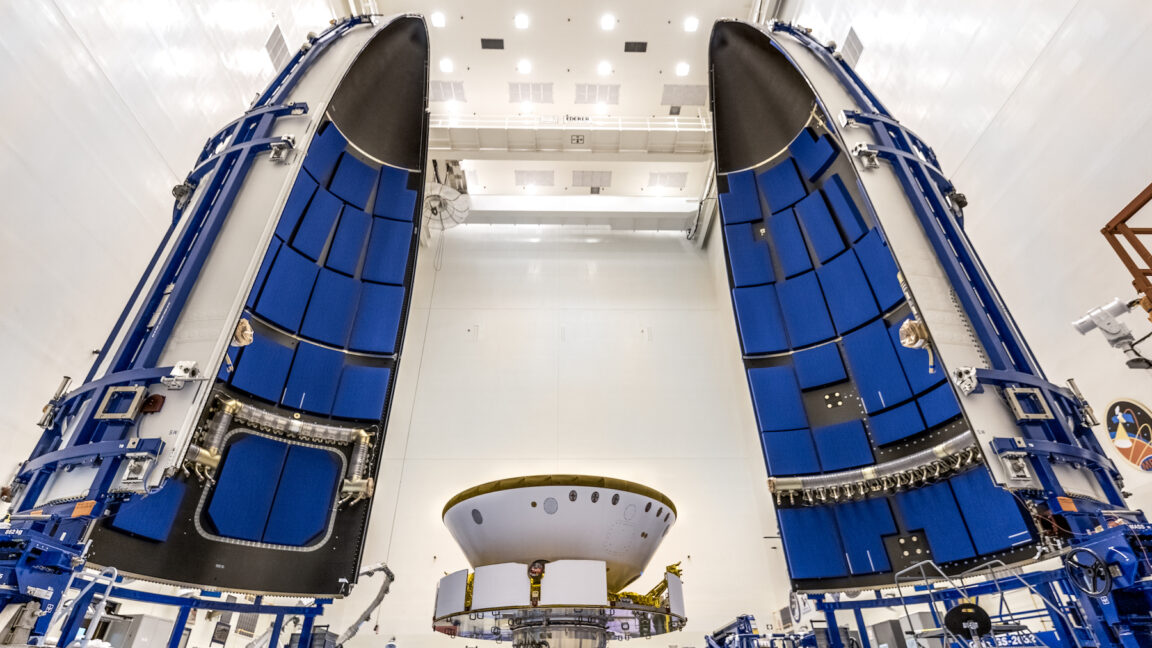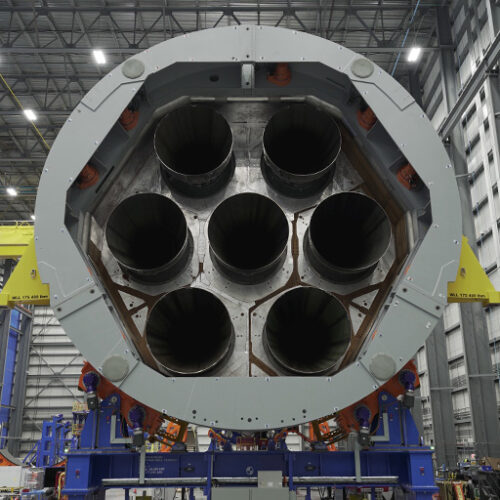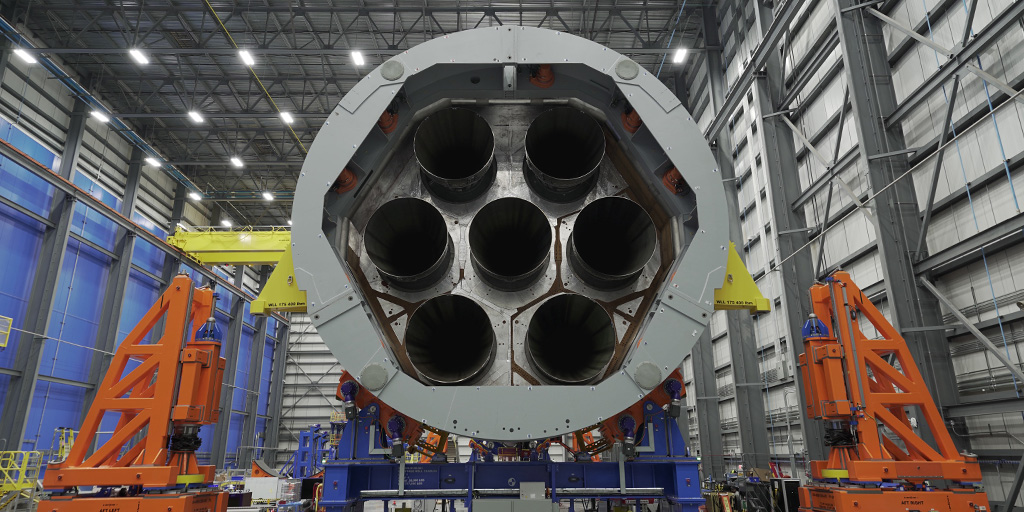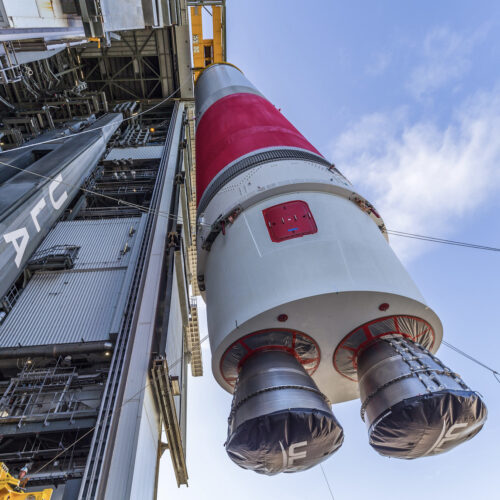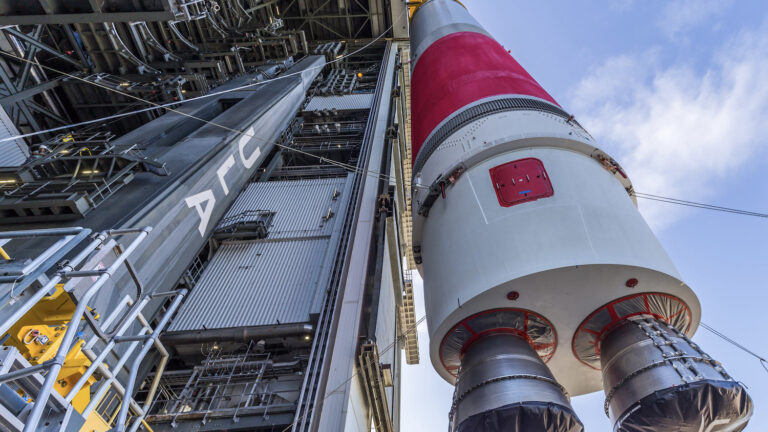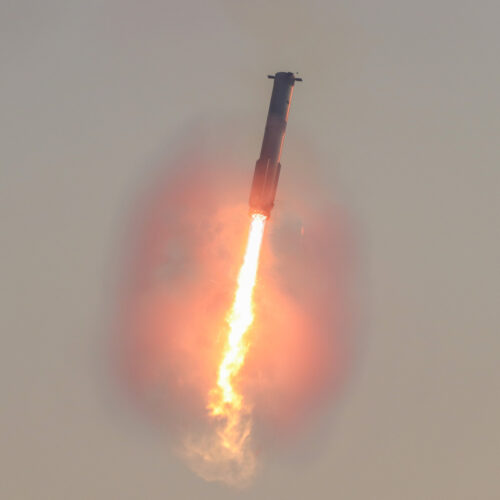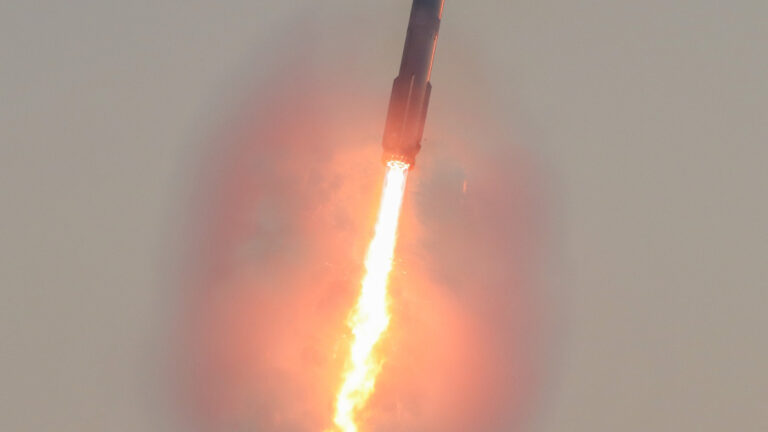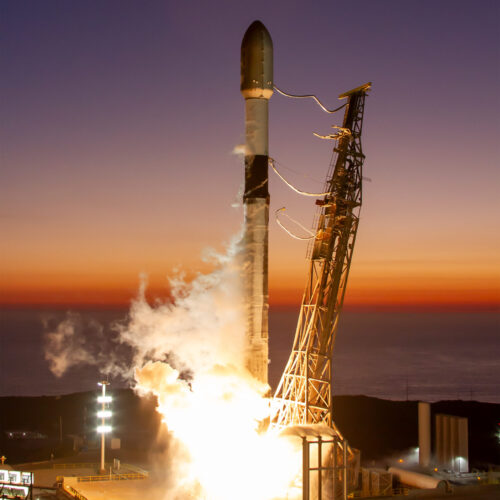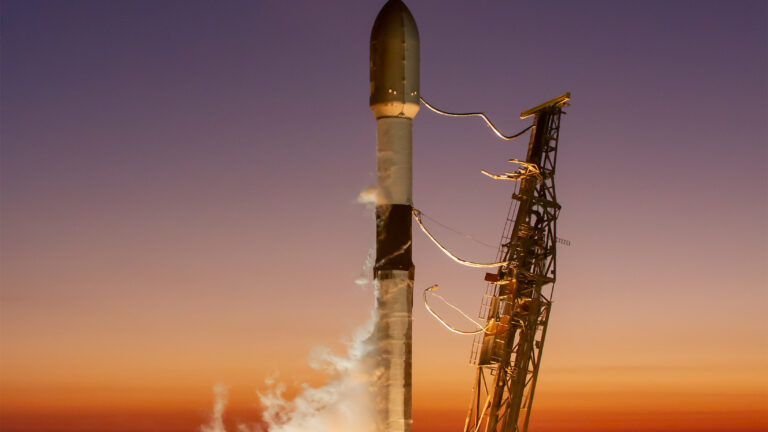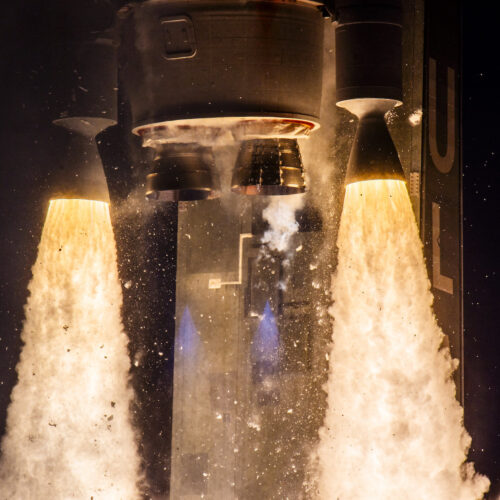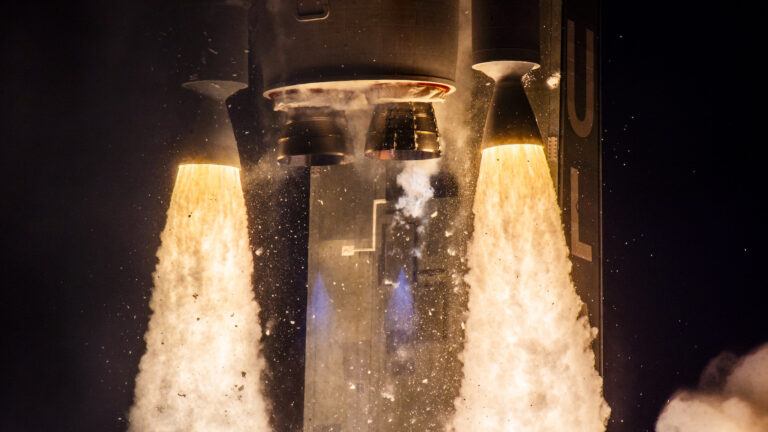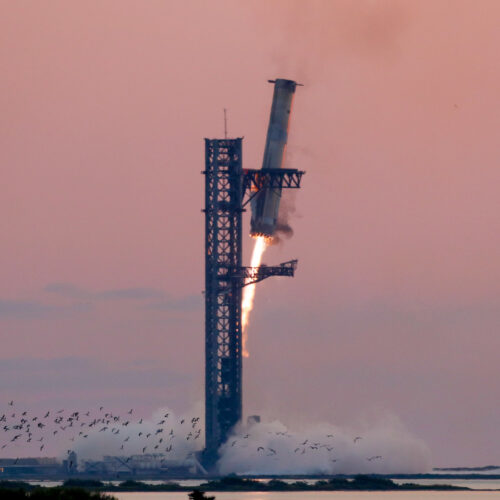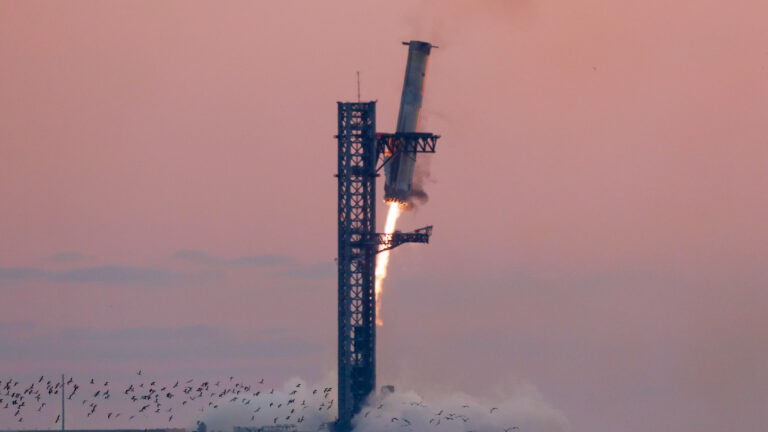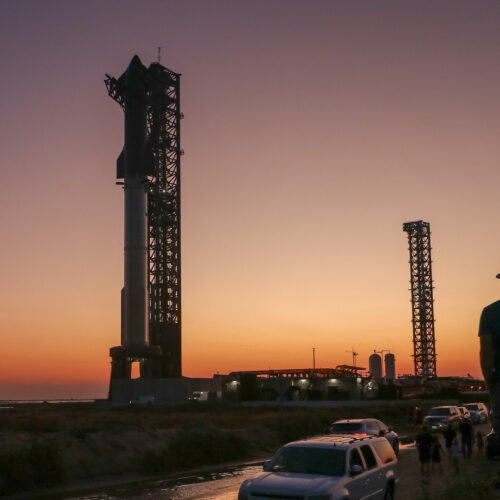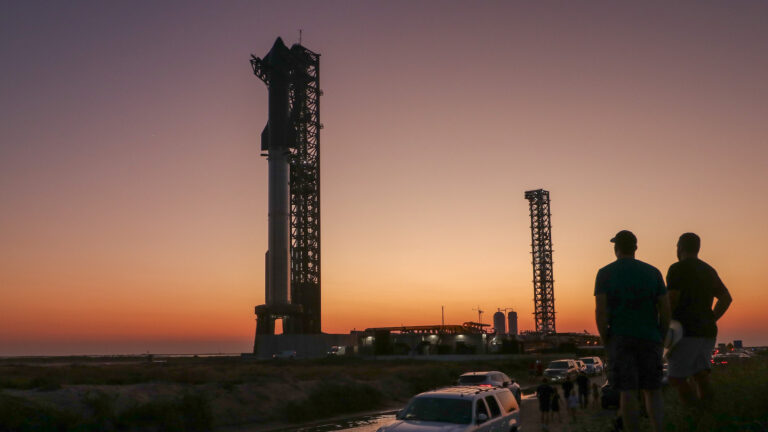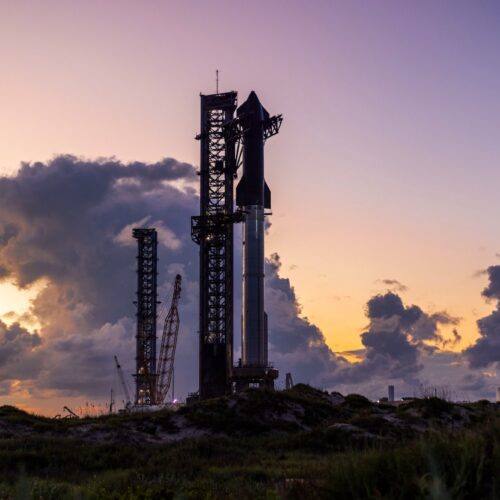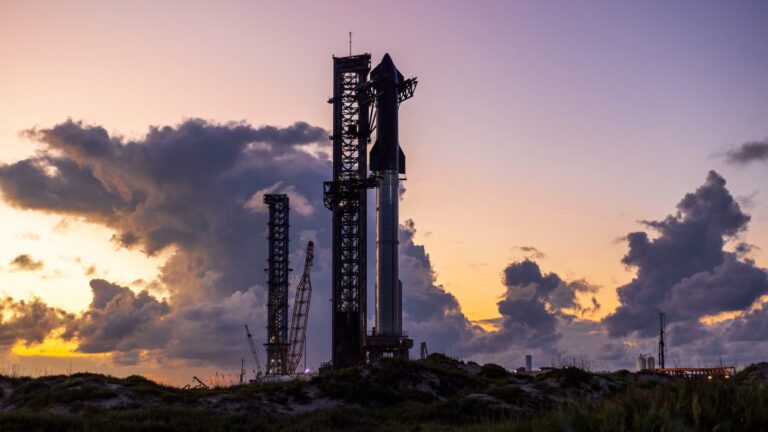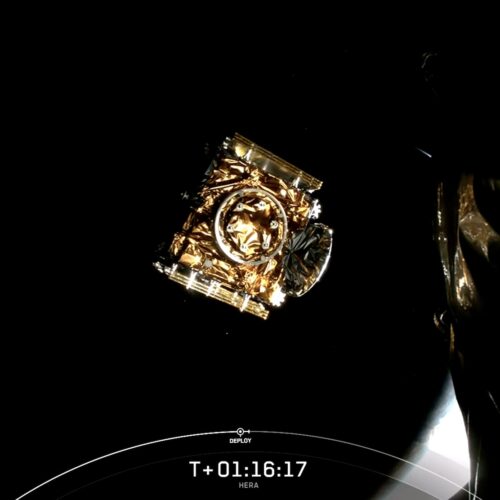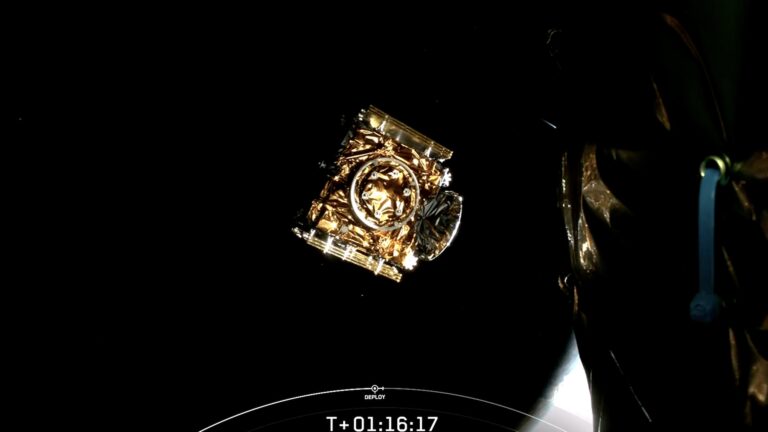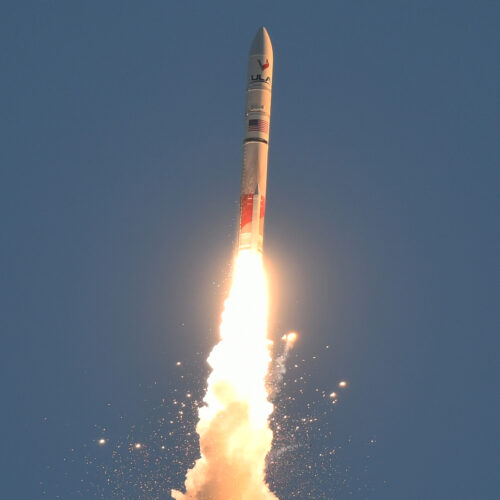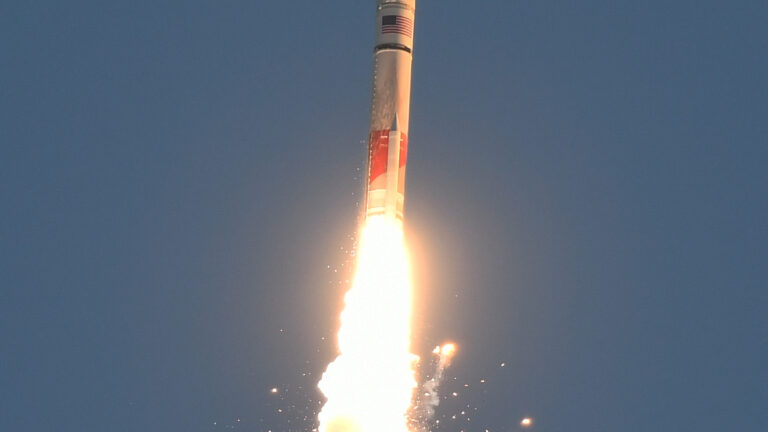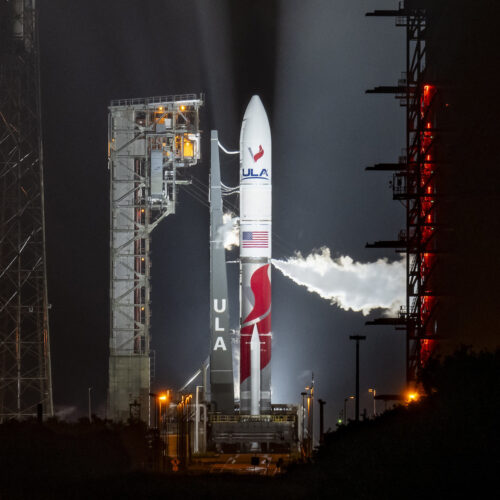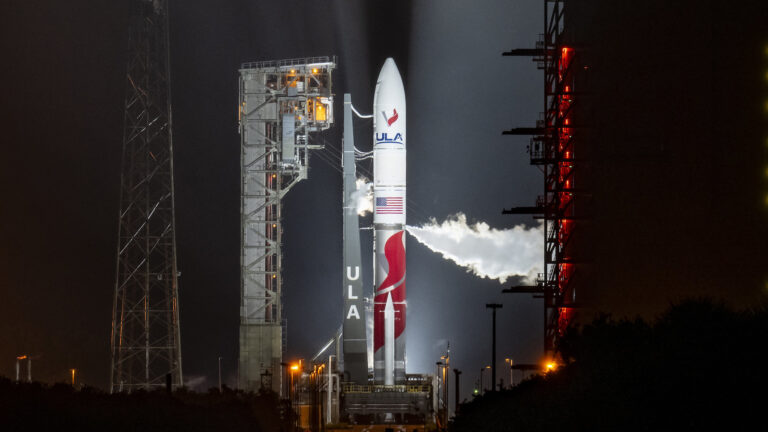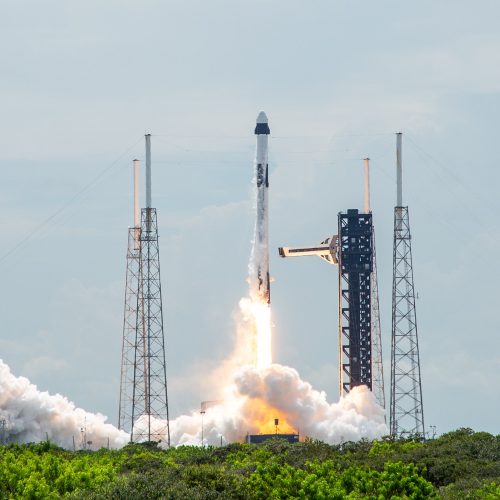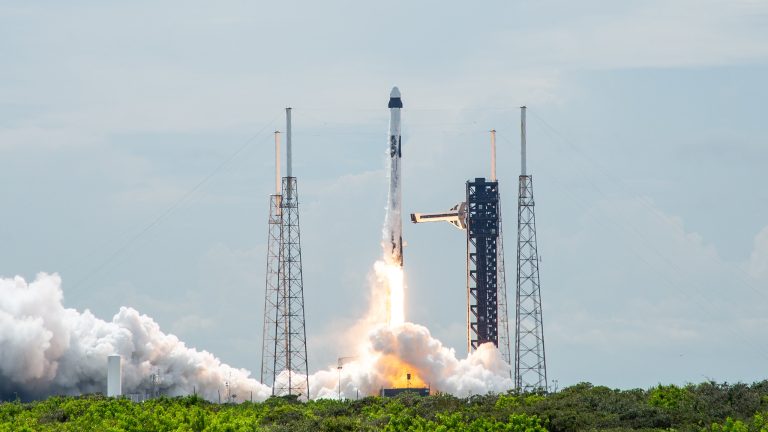The key moment came 38 minutes after Starship roared off the launch pad
SpaceX launched its sixth Starship rocket Tuesday, proving for the first time that the stainless steel ship can maneuver in space and paving the way for an even larger, upgraded vehicle slated to debut on the next test flight.
The only hiccup was an abortive attempt to catch the rocket's Super Heavy booster back at the launch site in South Texas, something SpaceX achieved on the previous flight on October 13. The Starship upper stage flew halfway around the world, reaching an altitude of 118 miles (190 kilometers) before plunging through the atmosphere for a pinpoint slow-speed splashdown in the Indian Ocean.
The sixth flight of the world's largest launcher—standing 398 feet (121.3 meters) tall—began with a lumbering liftoff from SpaceX's Starbase facility near the US-Mexico border at 4 pm CST (22:00 UTC) Tuesday. The rocket headed east over the Gulf of Mexico, propelled by 33 Raptor engines clustered on the bottom of its Super Heavy first stage.
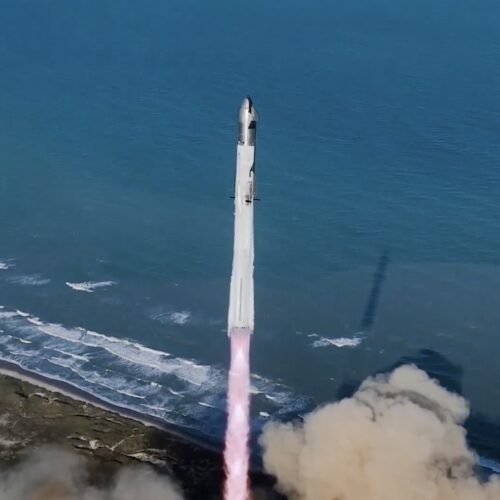
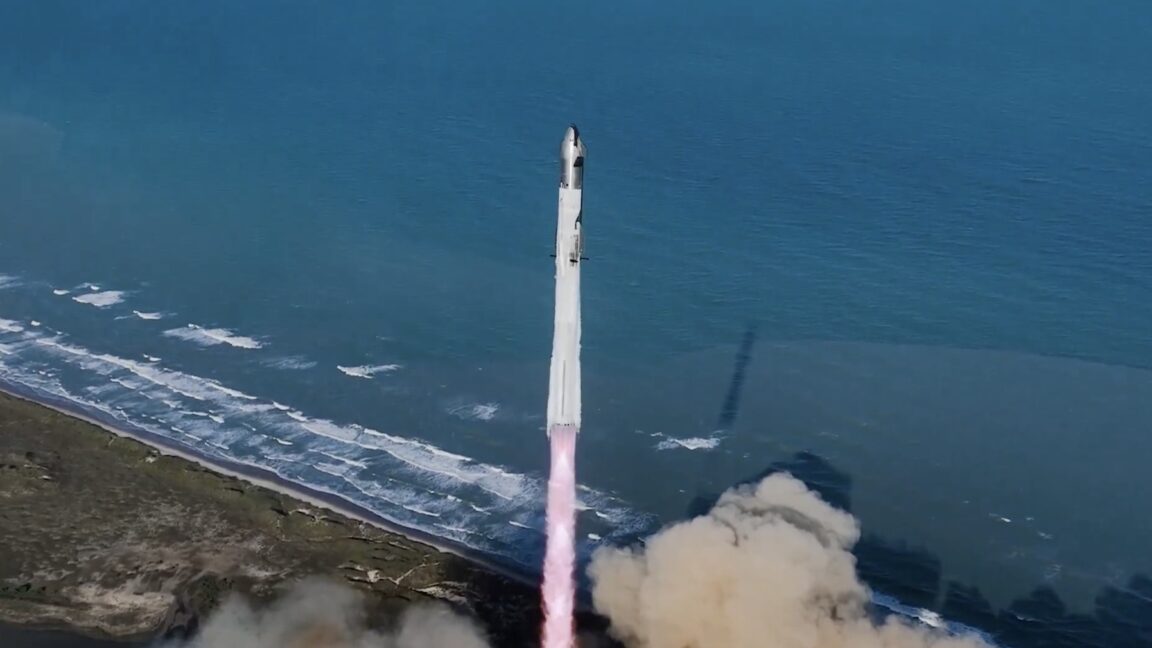
© SpaceX.
